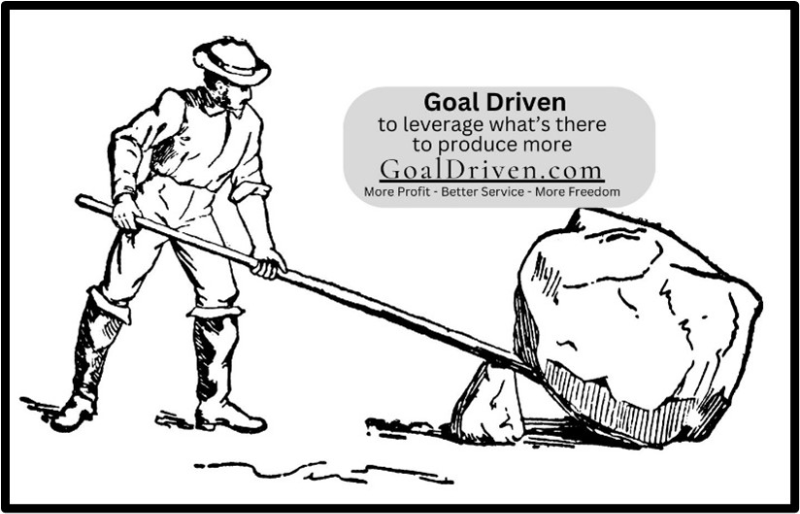
Patients come second.
As a doctor, you work for your patients.
As a business owner, you work for the business end of the practice.
Both of these roles have different outcomes. As the doctor, your outcome is healthy and very happy patients. As a business owner, you want to see a profit.
When you begin your practice, you do so as a business owner and doctor. Any management or leadership you do is done from these roles. I call this an Entrepreneurial or Personality-Driven Practice. This is workable until you reach about 50% of your full capacity as a provider.
Beyond about 50% capacity, the practice needs focused leadership and management. It is time for you as the owner to step into the role of Clinic Director if you want your enterprise to continue to grow.
The outcome of the Clinic Director is not the same as that of doctor or business owner. In simple terms, the outcome is a well-run organization that provides excellent service at a profit.
So, who does the Clinic Director work for?
The staff! The employees. This is called servant leadership and management.
This is a major shift in mindset for most highly driven entrepreneurial business owners. But it can be done, and if done correctly, there is no limit to practice growth, prosperity, and independence.
SOUTHWEST AIRLINES
Customers Come Second, Employees Come First
Year after year, Southwest Airlines ranks at the top for customer service and profitability over other airlines. And for good reason. They are excellently managed and led!
Their goals, purpose, and values are well-defined. They are a Goal Driven Business.
In their book about Southwest, authors Keven and Jackie Freiberg reveal that Southwest believes that the love and support they show their employees will be passed on to their customers. Servant leadership is a central theme.
Chapter 18 of their book caught my attention: Customers Come Second — But Still Get Great Service. In it, they say at Southwest, “Treat your employees with care and concern if that is the way you want them to treat each other and your customers.”
WHAT YOU CAN DO NOW TO IMPROVE SERVICE AND INCOME IN YOUR CHIROPRACTIC HEALTHCARE PRACTICE
I use Southwest as an example, but there are many others.
In a smaller service company like a chiropractic or dental business, the doctor doesn’t have much time to be the Clinic Director or senior manager, isn’t paid (at least directly) for being one, and isn’t trained in management. Also, more than likely, doesn’t want to be a manager or leader. But what if there was a simple method to be an effective Clinic Director?
Well, there is. It is covered in my book, the Goal Driven Business, and is gone over in detail in our Practice MBA training program. In 2024, I will post more information on this subject and the Fast Flow CEO Method, as I am 100% certain that this is the stumbling block behind all stumbling blocks that keep practices from achieving greatness.
You can do this now:
- Define and communicate your goals and procedures. These need to be reviewed, in one form or another, by everyone weekly.
- Clinic Director. Set time aside as the senior coach of your team to develop your people professionally, and as you can, personally.
If you put your team first, they will put the patient first.
This is, when all is said and done, the Golden Rule.
Or perhaps… we could also call it the Goal Driven Rule!
Seize the Future,
Ed
*Nuts – Southwest Airlines, Keven and Jackie Freiberg
—————————————————-
If your practice building efforts aren’t taking you to your goals,
there are reasons — many of which are hidden from you.
Find out what they are and how to sail to your next level by getting and implementing my new book, The Goal Driven Business.





